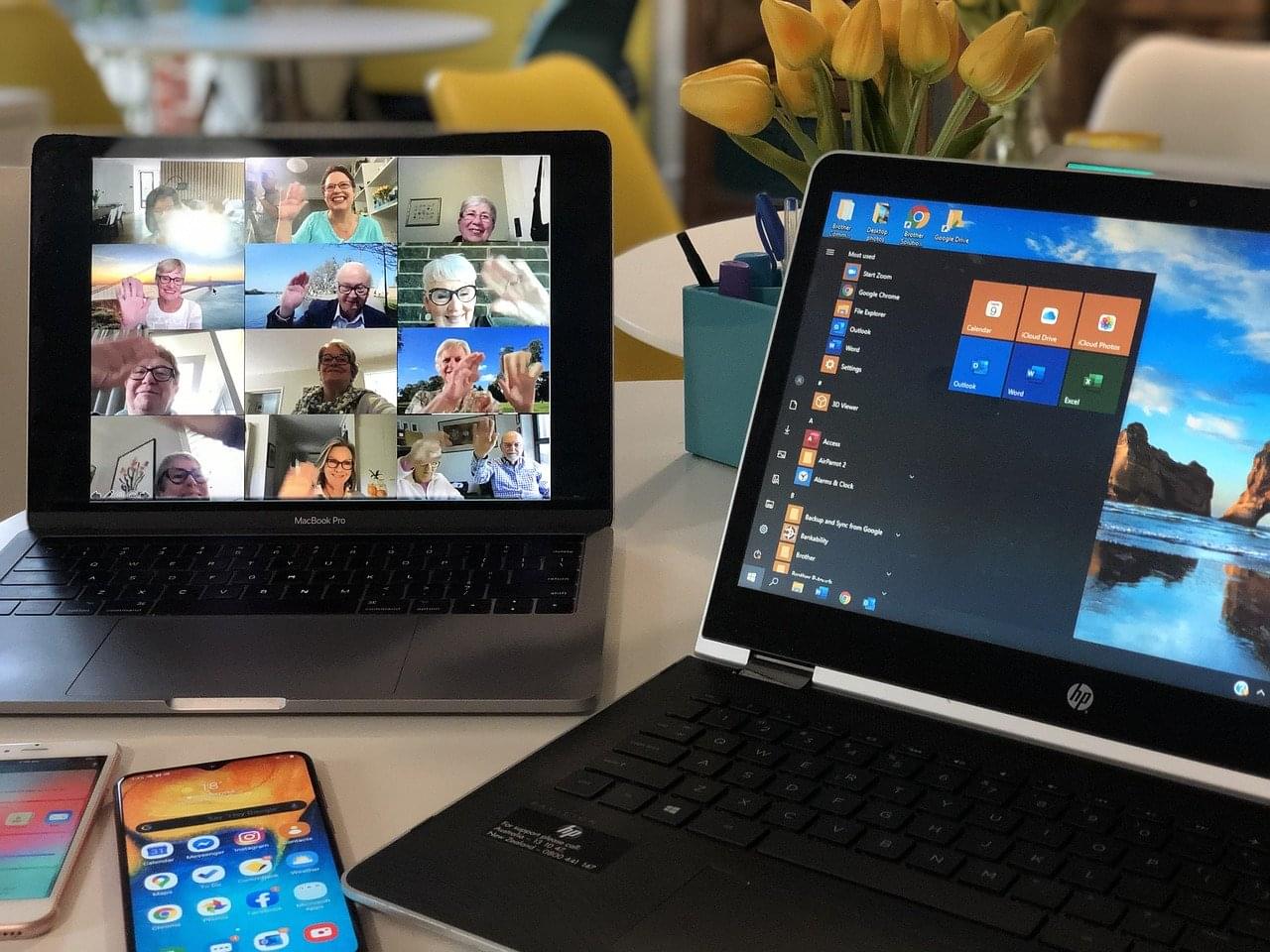Close to three-quarters of business-to-business marketers report seeing online education (and in particular, webinars) as one of the most powerful strategies available for generating high-quality leads. It’s little wonder then, that we’re currently seeing an explosion in webinars, quality webinar software, and digital products designed to support the delivery of online educational programs and development of educational applications.

If you’re a smaller enterprise, you may be wondering how best to take advantage of this growing phenomenon. After all, while we know webinars deliver solid returns, there’s no denying that producing one requires significant work.
Here are some tips for resource-efficient ways to use online educational tools to your best business advantage.
Don’t neglect the importance of having a strategy for registration
Webinars mean nothing if you can’t attract an audience, and this is doubly important if your webinar format involves live or time-sensitive content. It is essential to use several strategies to grow your audience via additional methods like social media or podcasts. An important first step, therefore, is to build an efficient way of telling people about your upcoming webinar and locking down their registration.
It may seem a bit old-school, but maintaining an email list still appears to be the most effective method for managing this. Recent surveys of webinar practice have shown that email still accounts for over 70 percent of webinar sign-ups. Much of the remaining 30 percent of registrations come from long-form content — most notably blog pages.
What this means is that you’ll want to invest the bulk of your promotional time and effort into crisp, clear copywriting that clearly describes your unique value proposition and provides a compelling case for why an hour of your audience’s time is a worthwhile investment.
Place education before marketing
This might seem an obvious statement, but it’s worth stating it nonetheless because it’s a perennial webinar stumbling block. Marketing isn’t education. Of course, if you’re a business and run webinars, you’re likely running them with the express purpose of making money. But your webinars shouldn’t look like a long and convoluted brochure advertising your product.
The expectation of a webinar is that it should provide a valuable deep dive into a topic. Sure, an oblique sales pitch or two may lurk within that content, but your audience members are expecting to leave your webinar with actionable insights into a problem or challenge they’re dealing with.
Before you publish your webinar, scrutinize it as closely for its value-add to your customers as its marketing value to you.
Your goal of education also has implications for the length of your presentation. Feedback on audience expectation of webinars is that around an hour of detailed content is ideal, which is roughly equivalent to 5000 words of writing.
Plan for the long haul
Finally, be mindful that your webinar efforts will only really begin to yield dividends after you have a collection of titles under your belt. Webinars build a slow burn of trust and brand recognition, and this requires time to come to fruition. It, therefore, makes sense to build an approach you can sustain over time, long after the initial burst of enthusiasm wanes.
Build a team
One good strategy here is to build a team. On the content side, having a panel of multiple speakers is a powerful way to keep your content fresh, and to find new angles in your vertical. On the administrative side, it’s invaluable to have people on deck who can assist with things like recording, production, handling questions and answers, and coordinating registrations. This dilutes the considerable burden of running a webinar across your team and thus helps ensure continuity.

Build a recognizable format
When you start out, you’ll likely be focused just on getting another episode done. However, over time as your webinar strategy matures, it’s smart to think less in terms of episodes and more in terms of developing a branded and recognizable format.
Your audience might reveal a distinct preference for how-to guides. They may respond best to panel discussions. You may find you attract the strongest engagement when you deliver webinar materials alongside a drip-email campaign.
The point is, whatever works strategically for your webinars should gradually become your deliberate and recognizable method -- as integral to your brand as your customised logo or your house communication style. This consistency of approach will better support your businesses’ expansion.
Seek out shortcuts
Where possible, systematize the production process. Build checklists, process documents, and consolidated resources to streamline how you get your webinar started. It can be incredibly helpful if you set this plan to a timeline.
For example, you might define all the planning activities that need to take place one week before your webinar. You might also have an extremely detailed list of all the practical tasks your team needs to check off in the hour before you go live.
Education is a powerful way to build loyalty and recognition among your potential customers. However, to make the process more manageable, it’s helpful to equip yourself with a set of practical supporting strategies for handling registrations, to keep your content focused on the value-add, and to build procedures for making the production process as straightforward for yourself as possible.
Put these processes on rails and you’ll gradually find the webinar production process gets easier to manage.
What would you like to know and what would be the best way to share this information to you? What is the best tips & tricks, what workaround do you use? We'd really appreciate your insight on these ones to make our integrations better, more productive and much more efficient. Comments, tweets are always welcome.